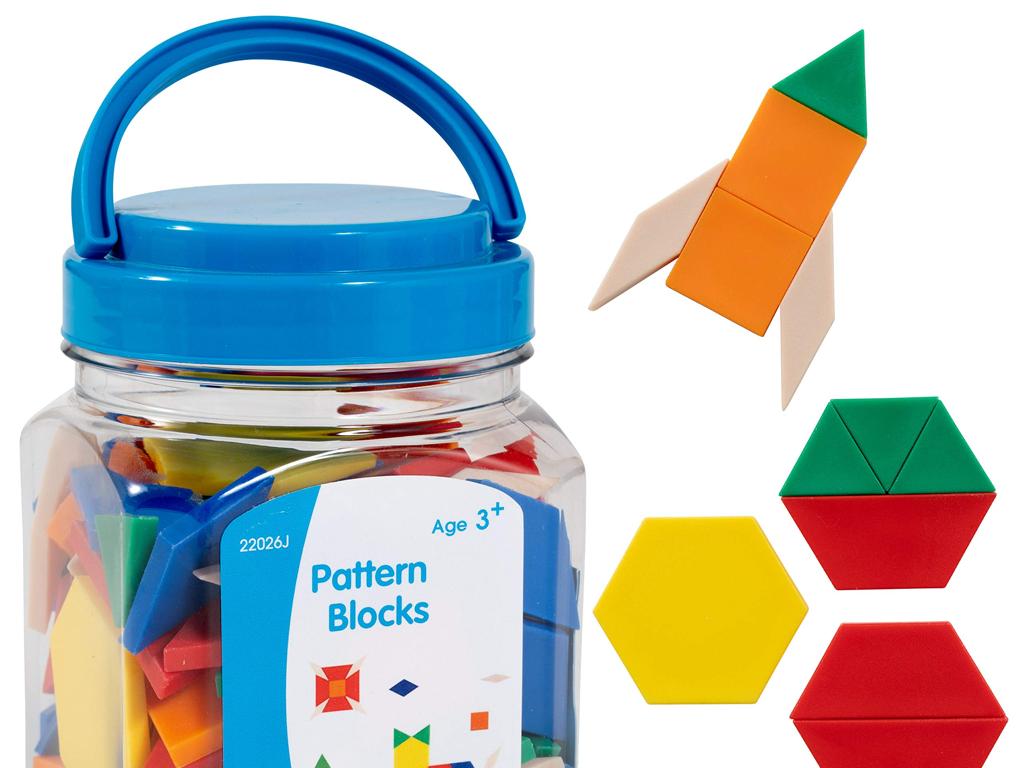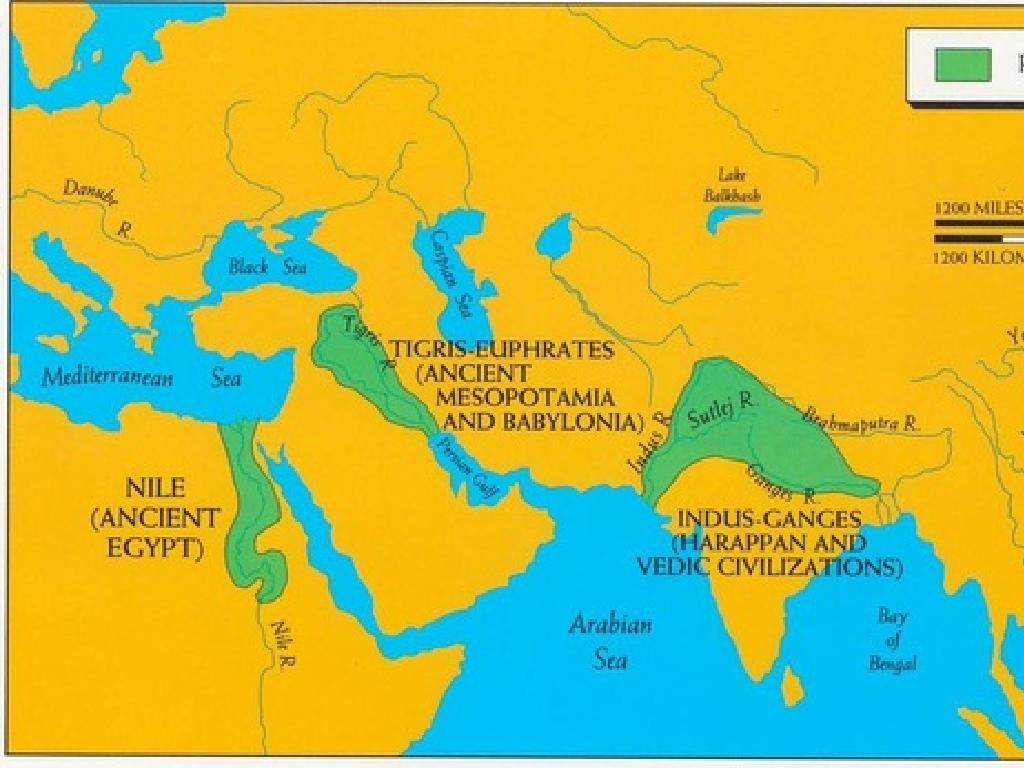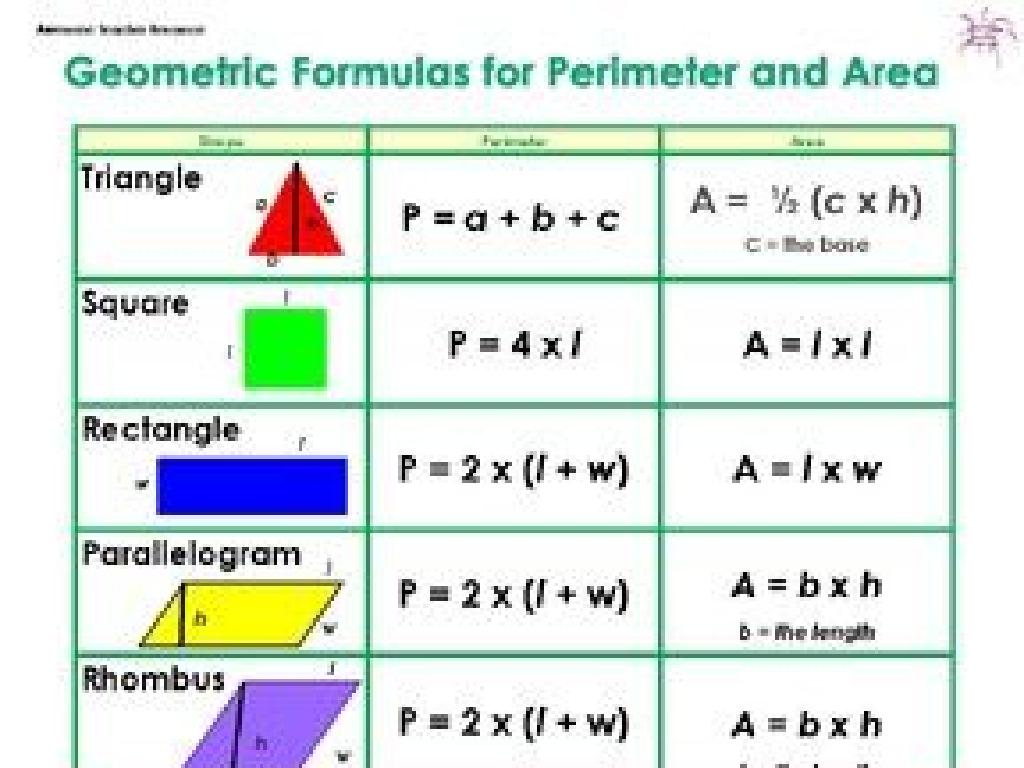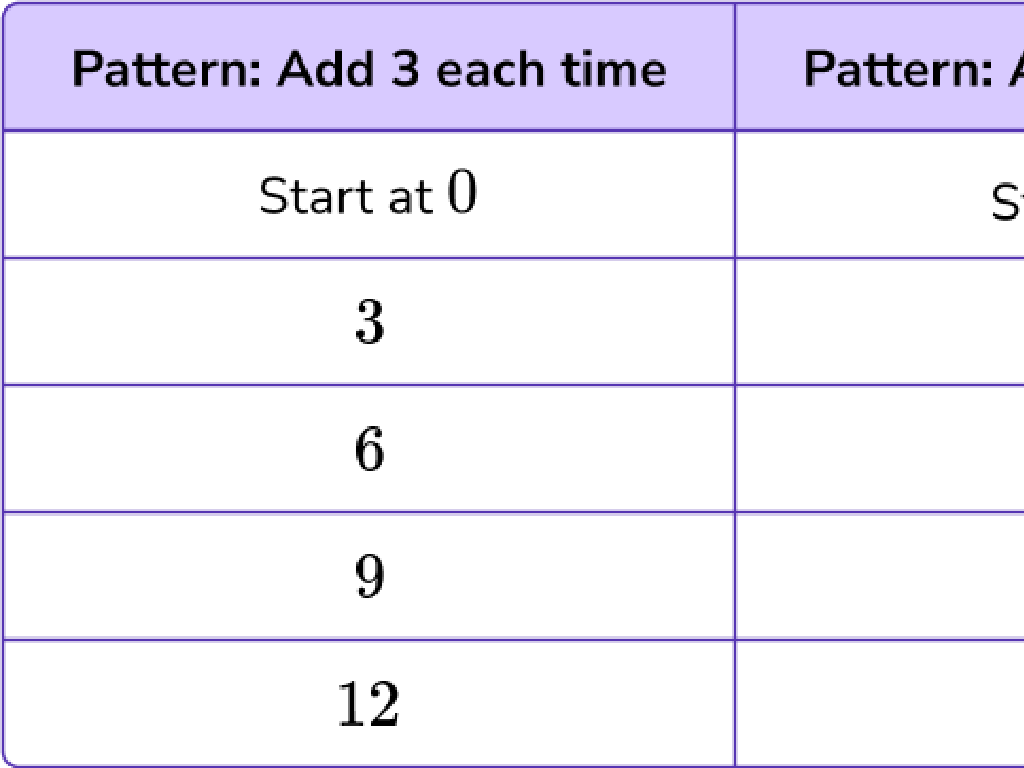Count Money Up To $5
Subject: Math
Grade: Second grade
Topic: Money Up To $5
Please LOG IN to download the presentation. Access is available to registered users only.
View More Content
Welcome to Money Math!
– Learn to count money today
– Understand value of coins and bills
– Pennies, nickels, dimes, quarters, and dollar bills
– Practice counting up to $5
– Use real or play money to count exact amounts
– Fun with money math activities
– Games, worksheets, and real-life scenarios
|
This slide introduces the concept of counting money, a practical math skill for second graders. Start by explaining the value of different coins and bills, using real or play money for visual aid. Emphasize the importance of recognizing and adding up pennies (1 cent), nickels (5 cents), dimes (10 cents), quarters (25 cents), and dollar bills. Engage the students with hands-on activities such as counting out specific amounts with coins and bills, and using worksheets or interactive games. Incorporate real-life scenarios where they may need to count money, like at a store or when saving in a piggy bank. The goal is to make the learning process enjoyable and relatable to their everyday experiences.
Meet the Coins
– Identifying coins: penny, nickel, dime, quarter
– Penny value: 1 cent
– A penny is the smallest coin and has Abraham Lincoln on it.
– Nickel value: 5 cents
– A nickel is larger than a penny and has Thomas Jefferson.
– Dime and quarter values
– A dime is worth 10 cents, a quarter 25 cents. The dime has Franklin D. Roosevelt, and the quarter has George Washington.
|
This slide introduces students to the basic coins used in the United States currency system. It’s important to help them recognize each coin by its size, color, and the figure depicted on it. Emphasize the value of each coin and how they can be combined to make larger amounts. Use real coins or replicas to show the differences in size and design. Encourage students to touch and hold the coins to familiarize themselves with the physical characteristics. This tactile experience can help solidify their understanding of each coin’s value. Prepare to have the students practice counting coins in class with various exercises and games.
Meet the Bills: Understanding Money
– Identifying $1 and $5 bills
– Bills have higher value than coins
– Bills can buy more than coins, like a toy or a book
– $1 bill equals 100 cents
– Think of a $1 bill as 100 pennies!
– $5 bill equals 500 cents
– A $5 bill is like 5 $1 bills or 500 pennies!
|
This slide introduces students to the concept of paper money, focusing on the $1 and $5 bills. It’s important to help them understand that bills represent larger amounts of money than coins, which they are more familiar with. Explain that a $1 bill can be exchanged for 100 pennies, making it equivalent to 100 cents. Similarly, a $5 bill is worth 500 cents, or five times as much as a $1 bill. Use tangible examples like items they could buy with these bills to make the concept relatable. Encourage students to bring in examples of items they think could be bought with $1 or $5 to discuss in the next class.
Counting Coins Up to $5
– Start with the largest coin first
– Begin with quarters, then dimes, nickels, and pennies
– Count up from the largest to smallest
– Add the value of each coin to the total as you count
– Practice with various coin combos
– Mix different coins and find their total value
– Understand total value up to $5
– Recognize the sum of coins can be up to five dollars
|
This slide introduces the concept of counting coins to second-grade students. Emphasize starting with the largest value coin, which is the quarter, and then counting on by adding the value of the next largest coin until the smallest, the penny. Provide various combinations of coins for practice to ensure students can count different sets of coins confidently. Reinforce the concept that the total value of the coins they are counting can be up to $5.00. For the class activity, prepare sets of coins with different combinations and ask students to count the total value. Offer guidance and support as they work through the activity.
Counting Bills and Coins Together
– Combine bills and coins for a total
– Start with bills, then add coins
– Example: $1 bill + 3 quarters
– $1.00 (bill) + $0.25 (quarter) + $0.25 + $0.25 = $1.75
– Practice with different combinations
– Try $2 bill + 1 quarter + 2 dimes
|
This slide aims to teach students how to count money by combining bills and coins to reach a total sum. Start by counting the bills since they have higher values, then add the value of the coins. Use clear examples to illustrate the process, such as adding three quarters to a $1 bill to make $1.75. Encourage students to practice with different combinations of bills and coins to become comfortable with the concept. Provide various scenarios for them to work through, such as what combination of bills and coins can make $3.50 or how many dimes are needed to add to a $5 bill to make $5.20.
Making Purchases with Money
– Using money to buy items
– Figuring out money needed
– If an apple costs $1, how many do we need for $3?
– Calculating change due
– If you give $5 for a $3 item, what is your change?
– Practice with real examples
– Use toy cash registers or pretend shops for hands-on learning.
|
This slide aims to teach students the practical application of counting money through the process of making purchases. Start by explaining that money is used to exchange for things we want or need. Then, help students understand how to determine the amount of money required for a purchase by adding up the cost of the items. Next, introduce the concept of calculating change, which is the money returned to a buyer when the amount given is more than the cost. Use examples relevant to second graders, such as buying school supplies or snacks. Encourage students to practice with role-playing activities where they can pretend to buy and sell items, using play money to simulate real-life transactions. This hands-on approach will help solidify their understanding of using money and making change.
Class Activity: Money Match-Up
– Match money to its value game
– Find ways to make the same amount
– e.g., Show $1 using 4 quarters or 10 dimes
– Buy items with play money
– Use classroom store to practice
– Work in pairs & take turns
– Cooperation and sharing enhance learning
|
This interactive activity is designed to help students understand the concept of money and its value. Students will work in pairs to match different coins and bills to their corresponding values, fostering teamwork and communication. Encourage them to explore various combinations of coins that add up to the same amount, enhancing their counting and addition skills. The classroom store activity will simulate a real-life shopping experience, allowing students to apply their knowledge of money in a practical setting. Provide a variety of items with price tags and play money to each pair. Observe and assist as needed, ensuring each student gets a turn. Possible variations of the activity could include setting a budget, finding the total cost of multiple items, or making exact change.






